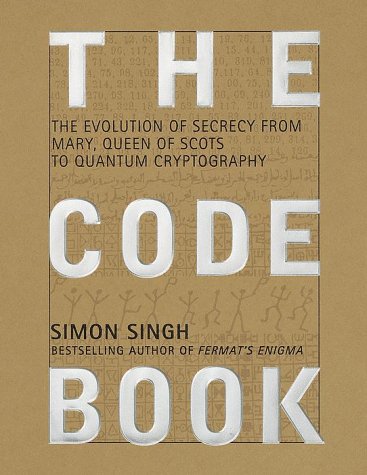


Via the combination of narrative and photographs we seek a more effective way of communicating just how distance runners see and experience their training terrain. This combination aims to convey to the reader not only some of the specific subcultural knowledge and particular ways of seeing, but also something of the runner’s embodied feelings and experience of momentum en route. One of the methodological aims of the paper is to develop the linkage between visual and autoethnographic data in combining an observation-based narrative and sociological analysis with photographs. These restrictions make visual research in educational settings challenging, if not impossible.Įmploying visual and autoethnographic data from a 2-year research project on distance runners, this paper seeks to examine the activity of seeing in relation to the activity of distance running. In addition, even when access is possible, oversight by ‘institutional review boards’ (IRBs), administrators, or ethics panels often place restrictions on photographs that may infringe on the anonymity or confidentiality of informants, especially protected populations like children. Parents and teachers are less willing to sign informed consent forms - much less modelling-performing-narration releases - due to concerns of distraction and privacy. Schools held to high-stakes performance standards are less willing to allow access since they feel that researcher presence might ‘take away’ from lesson time. However, as privacy and liability issues increasingly influence decisions about research access, particularly in the United States, this type of visual research has become increasingly cumbersome, difficult and, in some cases, virtually impossible. Photovoice is also used to gain subjective insight into student and teacher experiences (Mitchell & Weber 1999a Burke & Grosvenor 2003 O’Donoghue 2007 Ganesh 2007 Shohel & Howes 2007 Mitchell 2008). Another approach, ‘photovoice’, includes the analysis of subject-produced photographs and drawings to investigate children’s lives in school.

Continued and future integration of documentary film into qualitative research is recommended for creatively enhancing our abilities to not only produce strong, rich, and dynamic research outputs, but also simultaneously to explore and communicate diverse knowledges, experiences, and stories.Įducational research has focused heavily on first-person observation and, more recently, on researcher-produced photographs and videos of schools and educational settings (Costello 2001 Prosser 2007 Prosser & Loxley 2002 Sekula 1980 Tobin, Wu & Davidson 1989). The flexibility and capacity of documentary film to mobilize knowledge and intentionally create research outputs for specific target audiences is also discussed.
Import code book hyperresearch software#
Specifically, we outline: 1) the influence of documentary film on supporting the project conceptualization and collaboration with diverse groups of people 2) the strength of conducting filmed interviews for in-depth data collection, while recognizing how place and activities are intimately connected to participant perspectives and 3) a new and innovative analytical approach that uses video software to examine qualitative data, keep participants connected to their knowledge, and simultaneously work toward creating high impact storytelling outputs. Insights are drawn from a multimedia study that explored Inuit-caribou relationships in Labrador, Canada, through the co-production of community-based, research-oriented, participatory documentary film work. This article describes and advances the methodological process of using documentary film as a strategy for qualitative inquiry. With the widespread use of digital media as a tool for documentation, creation, preservation, and sharing of audio-visual content, new strategies are required to deal with this type of “data” for research and analysis purposes.


 0 kommentar(er)
0 kommentar(er)
